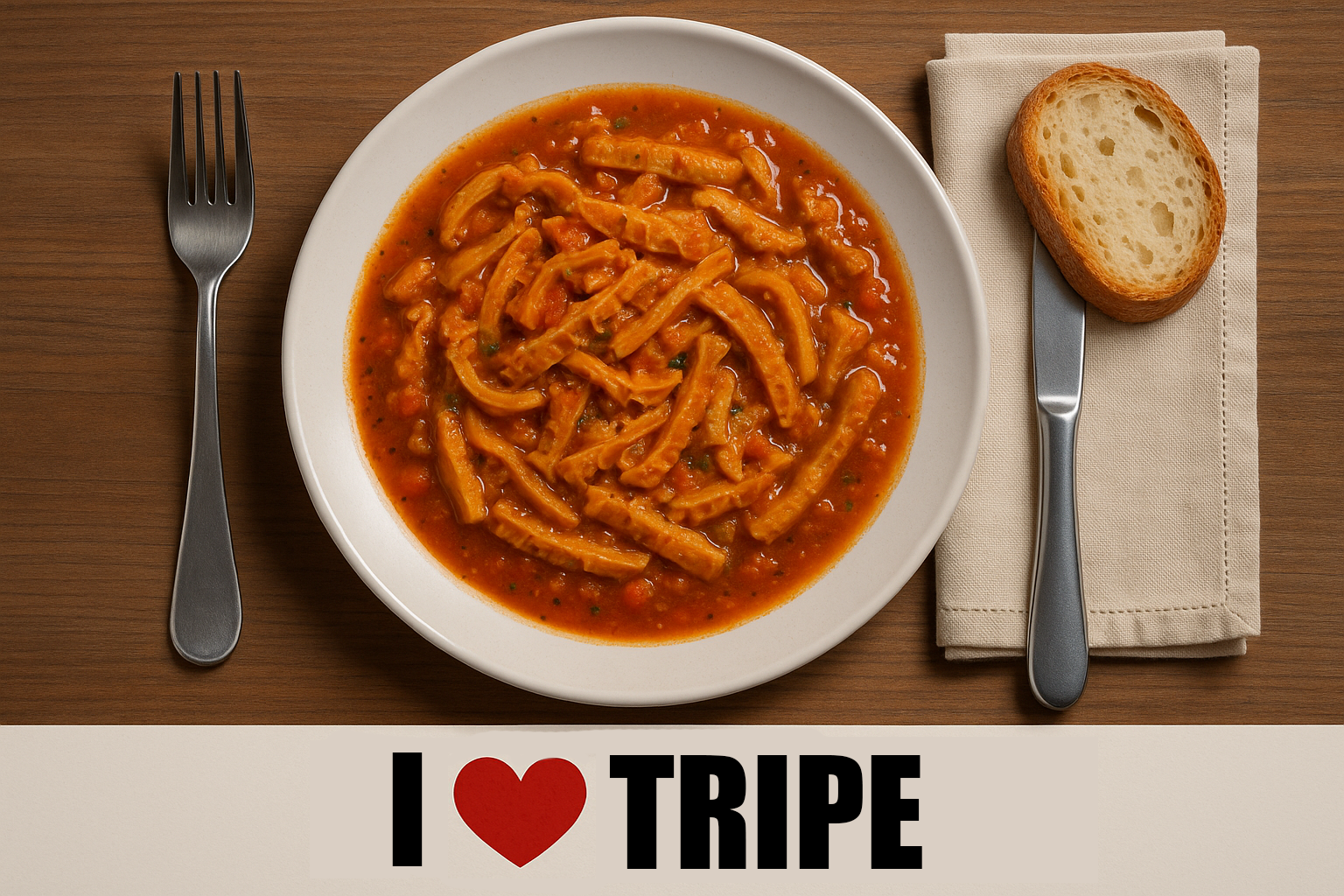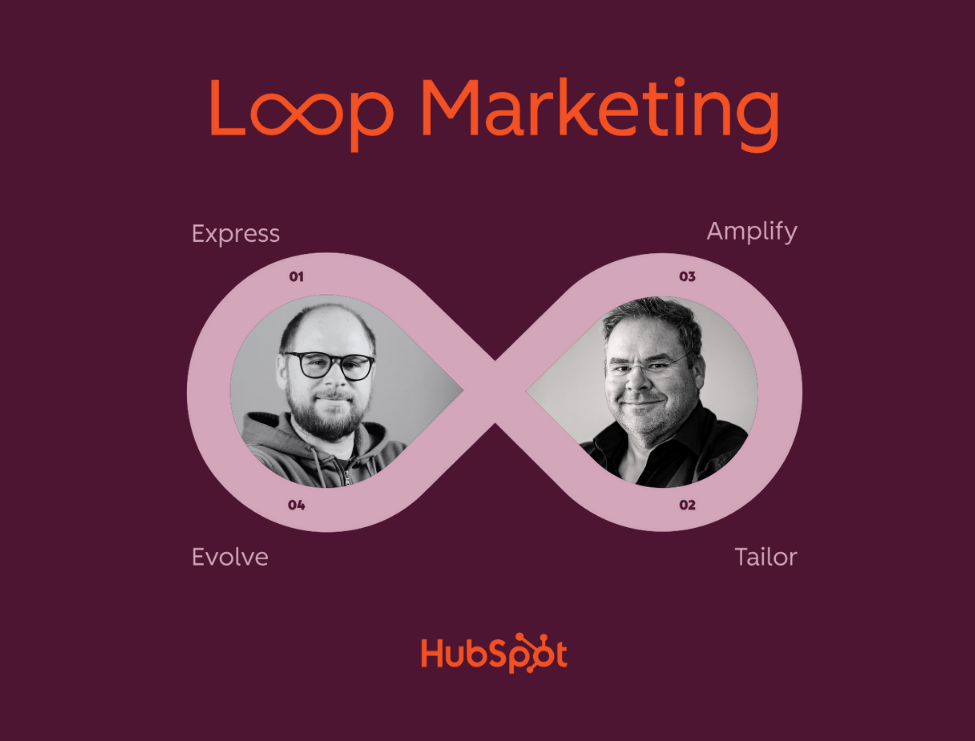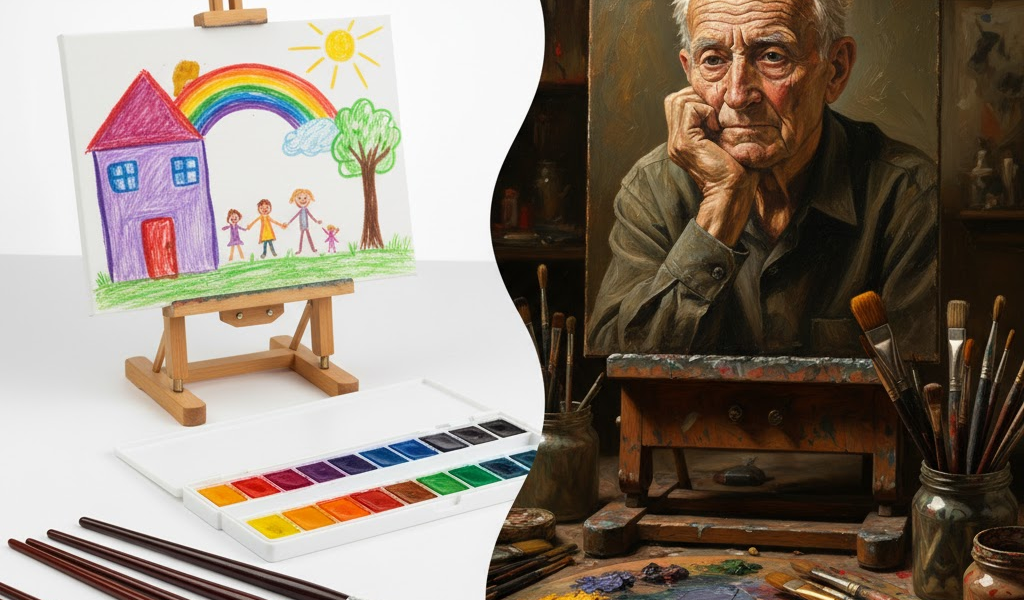Customers don’t remember discounts. They only remember two things…

When I’m coaching someone for a keynote or a sales pitch, I hit them with two questions right away:
“What’s your money moment?” and “How are you going to stick the landing?”
Why those two? Simple.
Because people rarely remember the whole thing—they remember the peak and how it ended. This isn’t just my theory; it’s behavioral science. Daniel Kahneman called it the peak-end rule, and it’s rock solid.
Here’s how it works: any experience—whether it’s a presentation, a vacation, a service appointment, or a support call—gets boiled down to two moments:
- the most intense point (good or bad), and
- the way it wrapped up.
Everything else? Blurred or forgotten. Which is exactly why I insist: engineer your peak moment and nail the ending.
What does this mean for customer satisfaction?
When we measure satisfaction through CSAT or NPS, we’re really measuring memory. If the peak and ending were strong, the score will be high. If they weren’t, even the good stuff gets dragged down with them.
And here’s the opportunity for marketing: one of the most powerful forms of personalization is to reference a moment the customer already locked into their mental highlight reel. But what are most marketers still doing in 2025? Bragging about “personalization” that boils down to “Dear [Name]” emails, maybe with their last purchase thrown in. That’s not personalization—that’s mail merge with lipstick. And customers see right through it.
Real personalization feels different. Like when I walk into a restaurant and the waiter doesn’t just know my name—he remembers how pumped I was about their tripe last time. He says: “Hey Igor, you’re in luck—we’ve got tripe again today. Want me to put that in for you?”
That’s the difference between tokens and memory. Between automated and truly personal. And that’s the bar brands need to clear now—because the tech finally makes it possible.
A quick real-life example
I love it when my service center calls about a car appointment and opens with: “Good news—we can get you in next Tuesday with zero wait time, and I’ve already lined up a loaner car.” They know my pain point (I hate waiting) and solve it before I even ask.
How does that make me feel? Like they actually care. Because they’re building on a positive memory—and raising the bar for the next round. This used to be the domain of old-school salespeople who really knew their customers one-on-one. Now we can systematize it at scale with AI and CRM tech that connects feedback directly to personalized outreach. This isn’t theory anymore—it’s reality.
And what about unhappy customers?
The peak-end rule applies here too. If someone blasted us in a survey, I can reference that pain point next time and say: “We’re being extra careful about this—we don’t want to let you down again.”
And never underestimate the power of: “Will you give us another shot?” It works. Every time.
AI as the game changer
AI means this isn’t just manual one-off relationship building anymore. It can analyze feedback, pick up emotional cues in comments, and generate personalized responses in real time. That way, personalization goes beyond segmentation and gets close to a true one-to-one relationship—the kind the old-school waiter pulled off when he remembered both your name and your go-to order.
Bottom line
If your retention and loyalty marketing still ignores the peak-end rule, if your satisfaction data isn’t plugged into your CRM, and if you’re not using AI to deliver true personalization, you’re flying blind.
Customers don’t remember your discounts or segmentation tricks. They remember the moments that wowed them—and how you closed the loop.
→ Find the peak.
→ Stick the landing.
→ Use AI to scale what used to be impossible.
📞 Wrestling with the same challenge? Let’s talk it through and see how this could play out in your business.

.png)
